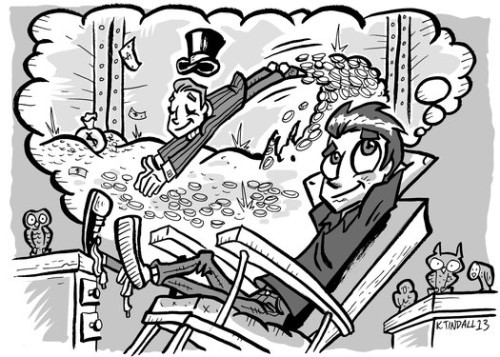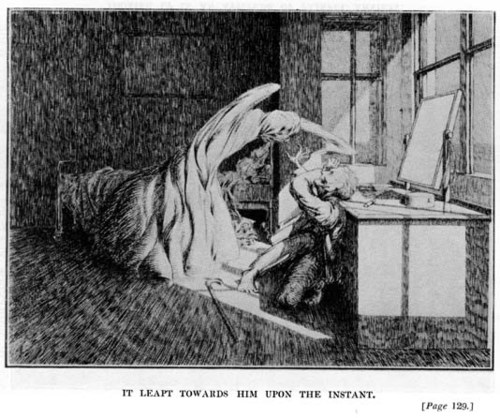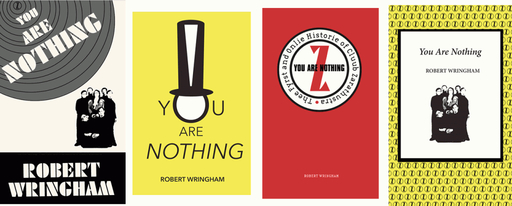Like any other person at any given point in history, I’ve not watched an episode of Coronation Street in about twenty years.
Perhaps inspired by the curious portrait of Hilda Ogden we spotted in a British import store, my Canadian partner has been pestering me to introduce her to the cobblestone soap opera.
She was doubtless enchanted by the idea of tabard-wearing pub landladies, smoking a fag and eating a bacon butty on the front step with a headful of curlers.
I wasn’t sure if that particular ideal still existed. It certainly used to. I remembered purple-haired Phyllis Pearce and her ongoing courtship with reluctant Percy Sugden. I remembered Vera Duckworth and Betty Turpin and Mavis Wilton and Ivy Tilsley and Emily Bishop and Bet Lynch: all true Valkyries of the North.
My childhood nickname for Bet Lynch was “Betty Hee-Hee” because I felt shy and giggly whenever she was on the screen. I was humbled in the thrice-weekly presence of my phosphor-dot telly aunt.
But I also remember these sinewy, arm-wrestling women being gradually replaced on the show with rather drippy youngsters with tedious modern problems like how much hair gel to slather on one’s pimply, dot-eyed head. By 2014 an even newer guard would surely be in place, twerking and selfieing and krokodilling their way around Weatherfield.
So it was with some trepidation that I installed the possibly-illegal computer programme to bypass the keep-the-Canadians-out protocols on the ITV website.
I can’t believe I’m actually saying this, but watching Corrie again after all this time was nothing short of utterly, utterly wonderful. I saw the planet Jupiter through a telescope recently and saw sea turtles in Hawaii but none of that shit has anything on returning to Coronation Street for twenty minutes.
The show has had a nip-and-tuck and looks somehow cleaner, presumably due to advances in how television is made, but it’s far from sterile. Everything is still pleasingly rickety and riddled with woodworm. Coronation Street is reassuringly the same as it always was.
Deirdre Barlow-Hunt-Langdon-Rachid-Sideshow-Bob-Terwilliger is still there, now with the most incredible baritone voice, prompting us to turn down the settings on our sub-woofer. Meanwhile, Steve McDonald has grown up to become an amalgamation of all recent Facebook photographs of every boy I went to school with.
Roy Cropper is there, reassuringly still looking like a buffalo who’s learned to talk and been crammed into a pair of pleated polyester trousers.
The Duckworths’ blue-and-yellow stone cladding is still there. People’s living rooms have been redecorated but the general architecture remains as it was in 1982.
Something I’d forgotten about is a kind of post-argument euphoria Coronation Street sometimes captures. When someone tells everyone off and storms out of the room, the camera stays for slightly too long on the stupid chastised faces of the remaining characters. It used to crack me and my sister up, and it made me explode with laughter tonight. I don’t really know why.
The internal continuity and logic of Coronation Street has remained intact for all this time. Whatever you think of soap operas, this is quite the artistic accomplishment.
But one thing has changed. Where the hell is Cheeky Cat?
Cheeky Cat, I should explain, was the name I gave to the ginger cat who appeared every week — without fail! — in the opening sequence of the programme, settling down for a cheeky nap (hence his name, I assume) among some red bricks and lumber.
I turned to YouTube to introduce my girlfriend to Cheeky Cat. I found him easily enough by searching for “Coronation Street 1990” but in doing so I discovered that almost every single episode of Coronation Street is on YouTube.
Mental.
Thanks to Coronation Street‘s intact internal logic, it became terrific fun to jump around in time between the 1960s and 2014, looking at how things had evolved.
My favourite find was a 1970 episode in which Emily Bishop is clearly played by the League of Gentlemen‘s Mark Gatiss. Go and look. You’ll see it’s true.
Ah, well. Cheeky Cat and Betty Hee-Hee may be gone, but the Street is still there. I recommend you watch it again, just once. It’s like going home for a visit. And if new Corrie somehow isn’t to your taste, just go to YouTube and time-travel back to the 70s and 80s, marvelling at the fags and curlers.



 Off the back of
Off the back of 



